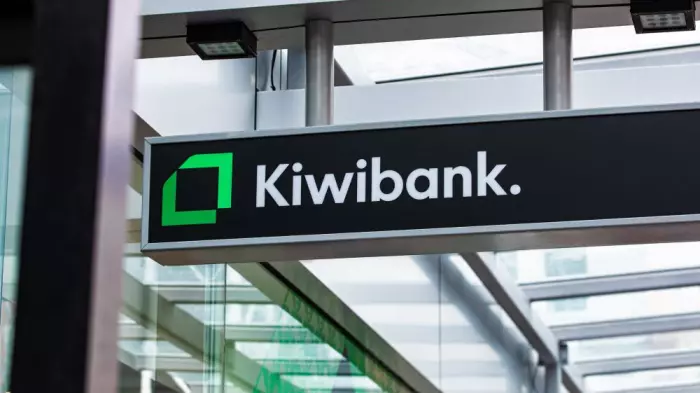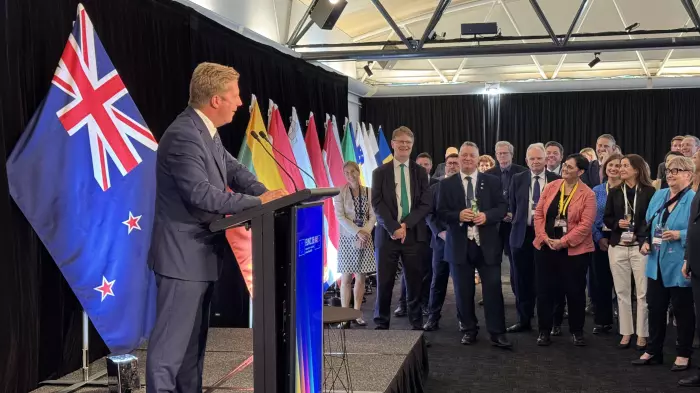The government knows there is economic value in further digitalising the small-business sector. The New Zealand Institute of Economic Research (NZIER) estimates it could add up to $7.8 billion to the economy a year.
This is why the government created Digital Boost, a platform that offers educational videos and access to free, self-paced training and tools to help business owners build their digital knowledge, skills and confidence.
The "Checkable" tool, in particular, helpfully assesses your current website or social media for effectiveness.
This type of self-directed learning is useful for small-business owners who have the time, motivation and awareness to invest in digital upskilling.
But let’s be honest, how many non-digitalised businesses fit this description?
Most are time poor and struggling with the current economic challenges, with many overwhelmed by the number of options.
There’s no doubt a programme like Digital Boost is part of the solution, but the government needs to build on this to smash through the remaining barriers that stop Kiwi small businesses from digitalising.
So, where to from here? How about we compare ourselves with nations at the top of the International Institute for Management Development's World Digital Competitive Rankings.
Consider what Singapore is doing. Its SMEs Go Digital programme is a free service that focuses on the whole digital journey rather than the first few steps.
The government there even contributes to the cost of digital tools by up to 50% for non-digitalised SMEs (small and medium-sized enterprises), drastically reducing the cost barrier.
Let’s take a Singaporean electrician who is getting bogged down in admin jobs like payroll and invoicing.
The electrician knows they need to digitalise their business to get more time back in their day, but they have absolutely no idea where to begin, and next to no time left in their day to spend finding the right solutions.
In the SMEs Go Digital programme they have free access to:
- Tools to self-assess their digital readiness and identify their own needs and gaps.
- Industry-specific digital plans with market-proven recommendations based on their sector.
- A "chief-technology-officer-as-a-service" offering, with experienced digital consultants giving customised advice and project management.
- Access to a productivity solutions grant to financially support businesses, providing up to 50% of the costs on selected IT solutions, equipment and further consultancy services.
This is the type of programme that has the potential to smash through digitalisation barriers. Businesses are guided from the start of their journey, right through to implementation.
It’s no wonder Singapore is a top-five country in digital competitiveness.
Digital Boost, an information platform, is a nice start. But for Aotearoa NZ to become a truly digitalised economy and add almost $8b to the country's annual GDP through improved productivity, we need more tailored, accessible support throughout the entire digital journey.
● NZIER’s What Works for Digitalisation report compares NZ to the top-performing digital countries in the world. It includes a list of high-priority actions for the government here to improve digitalisation.












